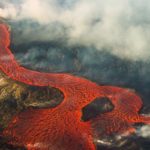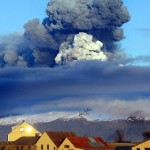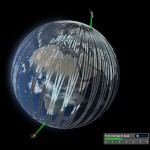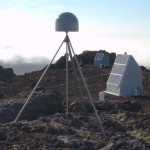The Earth’s surface is continually changing as tectonic plates stretch apart, collide, and slide past each other.
These processes can lead to earthquakes and volcanoes – major natural hazards causing millions of deaths and severe economic damage. Volcanic ash and gas can also affect the atmosphere and climate, disrupting travel and services.
Most volcanoes form as the plates collide or move apart, so we tend to find them along plate edges, such as in the Pacific or along the Mid-Atlantic Ridge.


We also see earthquakes as the Earth’s crust deforms, causing stresses and strains to build up and then suddenly release.
Policy makers and disaster management agencies need sound and up-to-date science to inform decisions about managing these events.
Understanding volcanoes and earthquakes can however be very difficult, not least because both volcanic and earthquake cycles can have very long timescales – up to tens of thousands of years.
But by using satellite data, alongside ground-based and other observations, we can monitor earthquakes and volcanoes across the globe, and apply what we learn in one location more widely.
Satellites such as Sentinel-1 help us to understand how the ground deforms around earthquake centres, faults and volcanoes. They can give very precise measurements of ground motion that we can combine with other techniques to create geophysical models of what is happening beneath the Earth’s surface.

High-resolution imagery and topographic data can also help us to identify seismic and volcanic hazards, and we can use spectroscopy to quantify gas and ash emissions from volcanoes.
All of these techniques provide vital information on the processes underpinning these geohazards.


